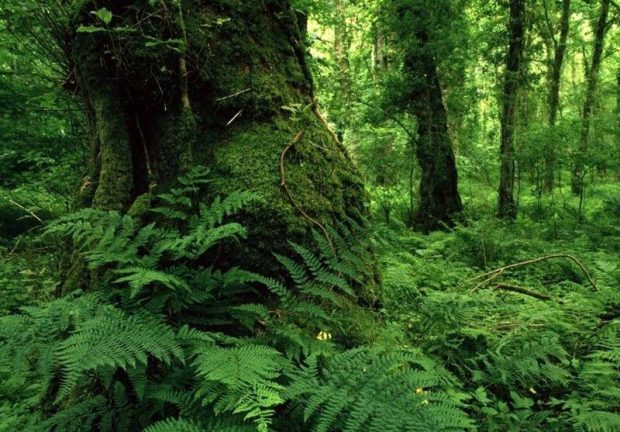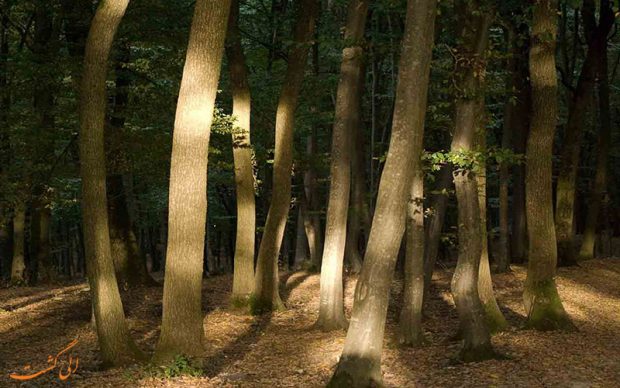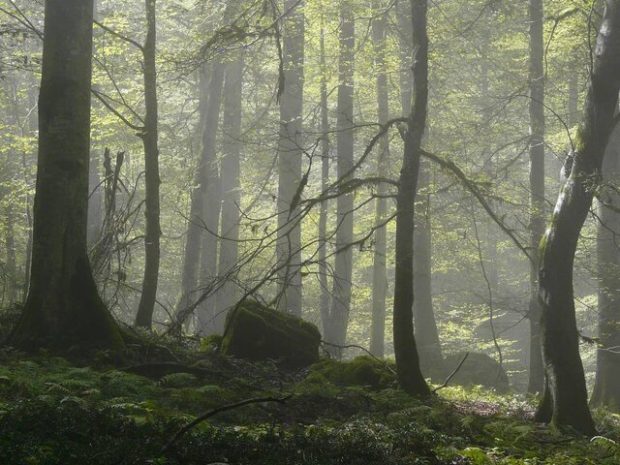Iran’s Hyrcanian Forests added to UNESCO World Heritage List
Tehran: The UN Educational, Scientific, and Cultural Organization (UNESCO) has voted to add Iran’s Hyrcanian forests to its list of World Heritage Sites. The announcement was made by UNESCO in the Azeri capital Baku where the World Heritage Committee has been holding its meeting. “The floristic biodiversity of the broad-leaved forests that date back 25 to 50 million years is remarkable,” UNESCO said.
According to the UNESCO statement, “44% of the vascular plants known in Iran are found in the Hyrcanian region, which only covers 7% of the country. To date, 180 species of birds typical of broad-leaved temperate forests and 58 mammal species have been recorded, including the iconic Persian Leopard (Panthera pardus tulliana).” Some of the unique features of these forests that form a unique forested massif stretching 850 kilometers along the southern coast of the Caspian Sea have made them survive the Ice Age.
These ancient forest areas, known locally as the Hirkani forests, covered most of this Northern Temperate region, but retreated during the Quaternary glaciations and then expanded again as the climate became milder. They are a kind of living fossil and some of them are believed to be the mother of European forests. Hirkani forests cover an area of 55,000 square kilometers and they begin in the Hirkan area in Azerbaijan (northwest) and stretch to Golestan province in northeastern Iran. Like many other natural sites across the world, these forests have been under threats of deforestation (tree-cutting, construction …) over the years. The global registration of Hirkani forests on the UNESCO list began in cooperation with Iran and Azerbaijan 13 years ago. Less than 10% of these forests are now in Azerbaijan.














































